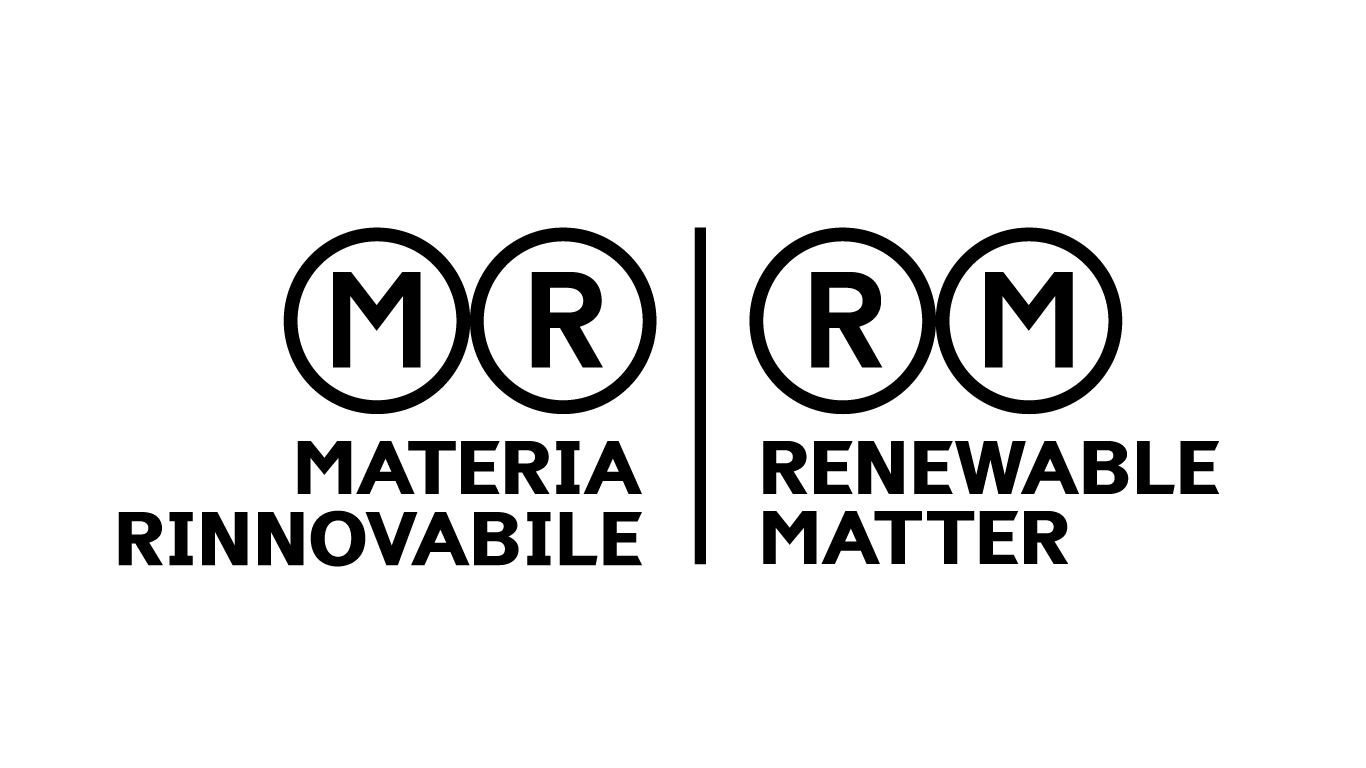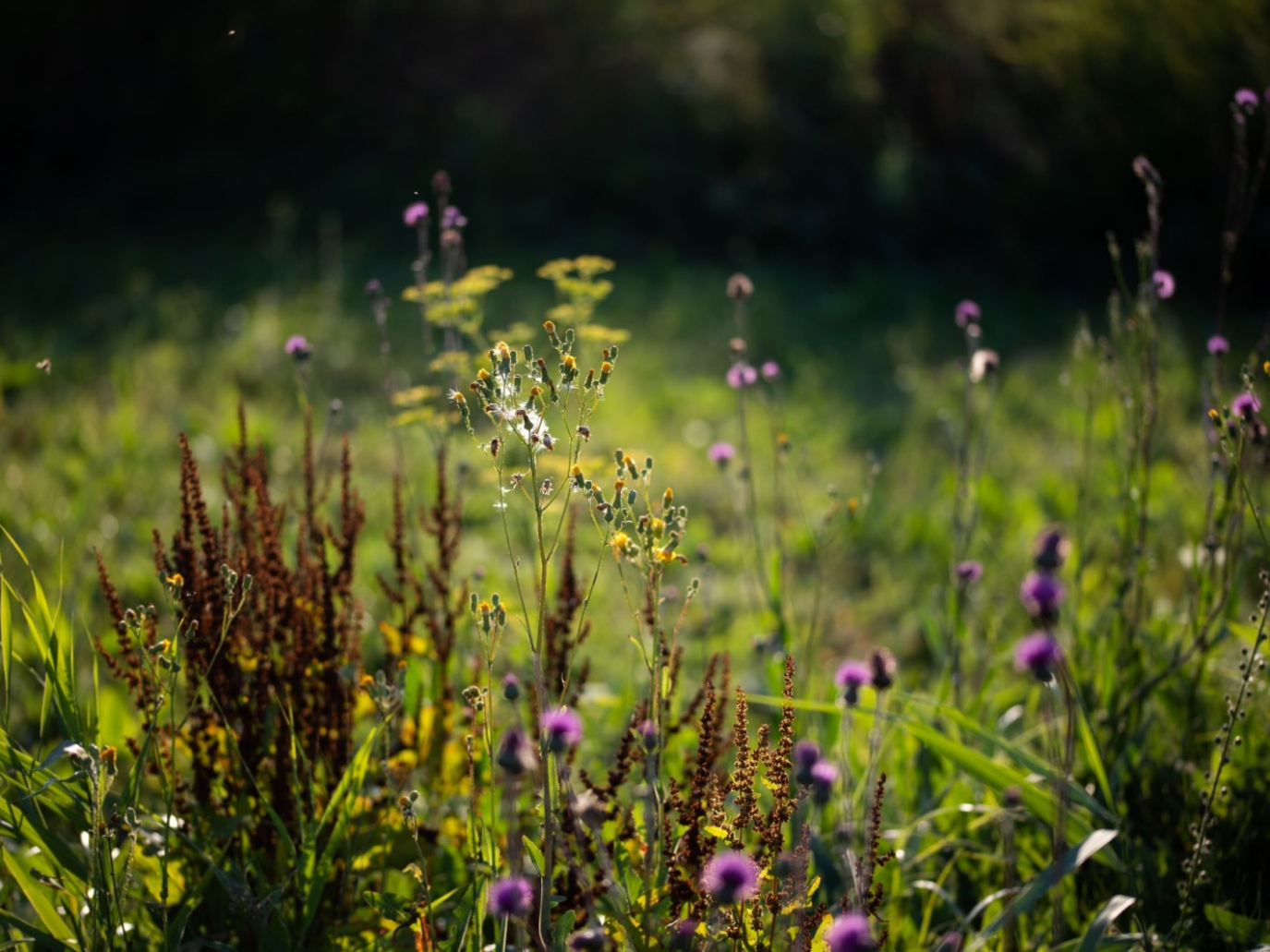To pluck three golden apples from the garden of the Hesperides, Hercules had to hold the sky on his shoulders instead of Atlas. The pioneers of agromining, on the other hand, hope to have to go through much less effort to harvest a nice crop of nickel or cadmium from a field of wildflowers.
Phrased this way, the whole thing sounds a bit like a matter of alchemy. But in reality, agromining or phytomining is a strand of study and experimentation that already has a recognized tradition of more than 30 years and is now experiencing a peak of interest because of its potential, both in the recovery of critical resources and in the restoration of contaminated soils.
It all hinges on the ability of plants to absorb and store varying amounts of metal from the soil. Some have taken this ability to high levels of specialization, going so far as to accumulate elements such as nickel, cobalt, arsenic or selenium up to a hundred or even a thousand times more than normal. These are the so-called “hyperaccumulator” plants, and several scientists around the world are now working to harness this super-power and succeed in extracting critical elements from the earth without digging.
It takes a flower to make nickel
An expanse of tiny yellow wildflowers in a mountainous area between Albania and Greece: what to the untrained eye might look like a common glimpse of Mediterranean scrub is actually a nickel mine, or rather a nickel farm. “The mountains in this area of Europe,” explains Mirko Salinitro, a researcher at the Department of Biological, Geological and Environmental Sciences at the University of Bologna, to Renewable Matter, “are full of serpentine, a mineral that contains large amounts of nickel. And so, the soils derived from such rocks are also naturally rich in this metal, which makes them not very fertile and practically useless from an agricultural point of view, but definitely interesting for experimenting with agromining.” In fact, the area is among those chosen for the European Life-Agromine project, which conducted field trials between 2016 and 2021 in five countries (in addition to Greece and Albania, also Austria, France, and Spain), each with specific climatic and soil conditions.
“Hyperaccumulators, however,” Salinitro continues, “are spread somewhat worldwide, from tropical and equatorial areas to northern Europe and North America. They have evolved in very difficult and selective habitats, with little other vegetation to provide food for herbivores and insects. It is therefore believed that hyperaccumulation of metals is a trait developed by these species as a defense strategy against animals.” An example of this defensive tactic, well known to mountain experts, is Astragalus bisulcatus, commonly known as silver-leafed milkvetch, a delicate purple clustered flower that drives insane the cattle that unluckily happen to graze it and kills sheep through selenium poisoning.
Other famous hyperaccumulators are the Noccaea caerulescens, which extracts zinc and cadmium from the earth, Haumaniastrum robertii, a devourer of cobalt and copper, Biscutella montanina, which loves titanium, and two types of ferns, Pteris vittata, which absorbs arsenic, mercury and lead, and Dicranopteris linearis, a friend of rare earths. “However, there are so many species,” Salinitro points out, “for example, there are as many as 750 known nickel hyperaccumulators. Of all of them, the most representative and studied is certainly the Alyssum murale or Odontarrhena chalcidica, whose yellow flower has given no small amount of satisfaction in field studies in Albania: according to data from the French University of Lorraine, leader of the Life-Agromine project, its cultivation has in fact been “optimized to produce up to 10 tons of dry biomass per hectare, from which up to 150 kg of nickel can be extracted.” A yield comparable to that of the mine, since on average the extracted ore contains 1 or 2 percent nickel.
A field of Alyssum in Albania
From fields to batteries
Farming metals, in short, no longer seems like just a mythological fantasy. However, how does one get from flower to ingot? “First of all,” Salinitro points out, “it must be said that the complete scale-up process has been developed for now only for nickel, which, as far as natural outcrops are concerned, is the most widespread in the world: there are regions, such as Borneo and Cuba, where as much as 5 or 6 percent of the territory is enriched in this metal. Experiments are then being carried out for zinc, cadmium, cobalt, selenium, thallium (very valuable for microchips), and there are pioneering studies on some rare earth elements such as lanthanum, cerium, neodymium.”
As for nickel, a naturally enriched plot of land or a contaminated former industrial site must be identified first. “Once the field is chosen,” Salinitro explains, “we can proceed in two ways: by direct seeding, like any crop, or by taking advantage of the wild plants already present, favoring them with tillage that eliminates competing species. These are generally perennial crops, which are mowed once a year. Once harvested, the dry biomass is burned (a process from which energy can eventually be obtained) and the ashes, which contain 15-20% metal, are washed with sulfuric acid, thus obtaining nickel sulfate.” Finally, through a calcination process, we obtain pure nickel, a critical element par excellence in the energy transition framework, as it is indispensable for the manufacture of lithium batteries.
How green is this mine?
Given that farming flowers is potentially a more environmentally sustainable activity than drilling the earth, there remains the question of how much. “In this regard, we are unfortunately faced with a knowledge gap,” Salinitro tells us. “The environmental impacts of traditional mining processes are in fact only partially estimated: the energy consumption of transportation and processing, and the water footprint are estimated, but the irreversible consumption of soil and the destruction of ecosystems are not considered. Nor are the damages of tailings (residual sludge from refining, ed.), which are usually stored in ponds but contaminate waterways over the years, properly estimated. In short, it is not possible to make a full scenario comparison between traditional mining and agromining.”
That said, however, there are advantages that are even intuitively undeniable. “The first are the preservation of the land and the absence of mining waste. The impacts are basically comparable to those of an agricultural crop, but a very sustainable one. In fact, no pesticides are used because the plants, with all the metals they absorb, are already toxic and are not attacked by pests. There is minimal irrigation and virtually no tillage. And even assuming a risk of intensive agromining, any scale-up of these crops would still not compete with food crops, as is the case with biofuels, since hyperaccumulators grow on marginal and agriculturally unproductive land.”
Finally, the regenerative power of these plants should not be forgotten; in some cases, they are already being used for the phytoremediation of contaminated soils. “For example, arsenic accumulators, such as Pteris vittata, have been known and exploited for a long time,” Salinitro points out. The critical issue in these cases is time: getting to the complete remediation of a plot of land through the work of hyperaccumulators takes many years, because the plants extract very small amounts of heavy metals yearly, when compared to the amounts present in contaminated sites. After all, Nature works on long timescales and knows no hurry or impatience: perhaps it is time we adapt to it.
Image: Envato Elements



